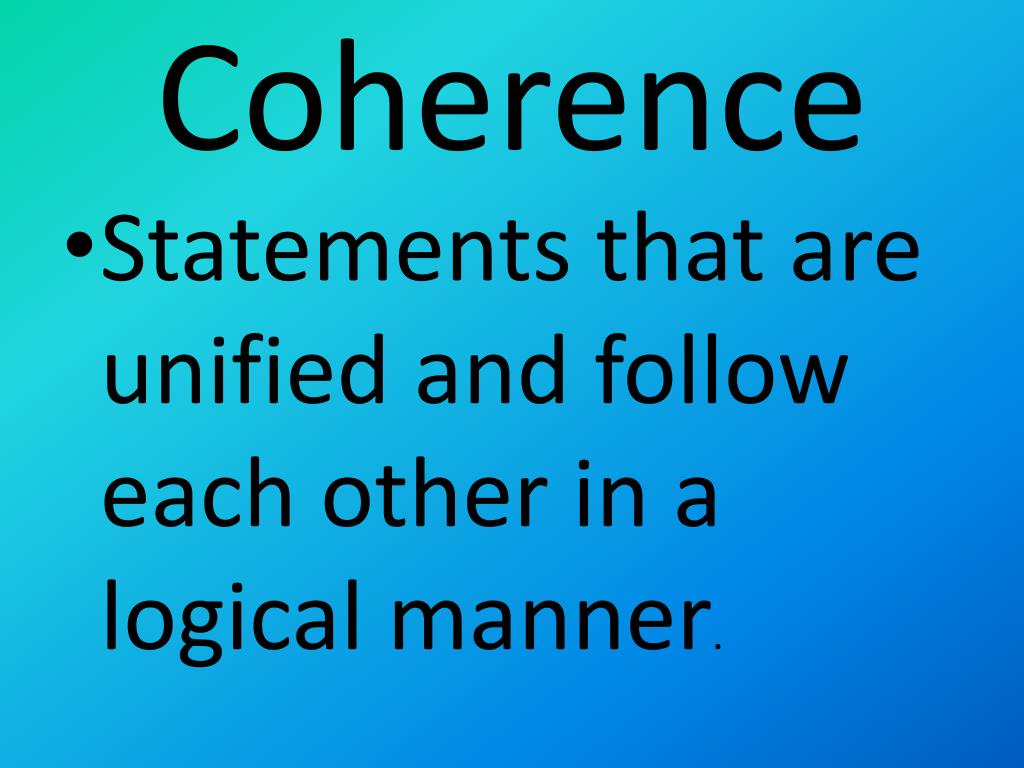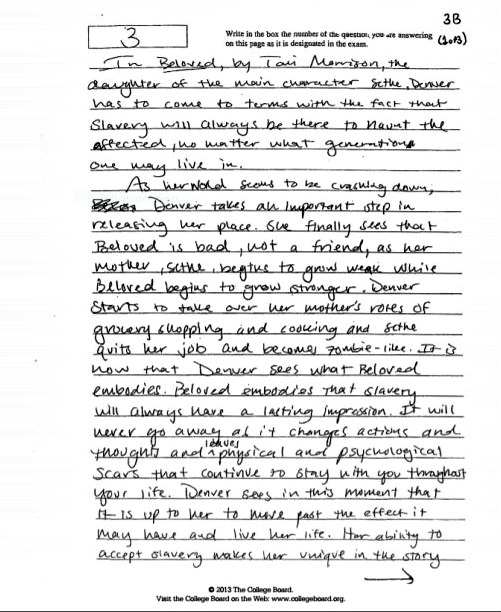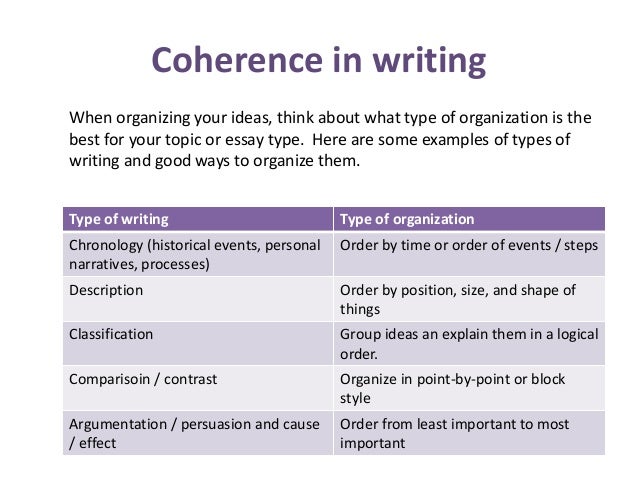

However, use this rhetorical device sparingly, otherwise, ending a lot of paragraphs with a question to lead into the next paragraph sounds cumbersome. In some instances, the bridge sentence can be written in the form of a question. For long paragraphs, you may also want to include a bridge sentence that introduces the next paragraph or section of the paper. Introduction: the first section of a paragraph should include the topic sentence and any other sentences at the beginning of the paragraph that give background information or provide a transition.īody: follows the introduction discusses the controlling idea, using facts, arguments, analysis, examples, and other information.Ĭonclusion: the final section summarizes the connections between the information discussed in the body of the paragraph and the paragraph’s controlling idea. Each part of the paragraph plays an important role in communicating the meaning you intend to covey to the reader. You can see this structure in paragraphs whether they are narrating, describing, comparing, contrasting, or analyzing information. Most paragraphs in an essay parallel the general three-part structure of each section of a research paper and, by extension, the overall research paper, with an introduction, a body that includes facts and analysis, and a conclusion. Englewood Cliffs, NJ: Prentice Hall Regents, 1990 Paragraph Development: Importance of Constructing Good Paragraphs. Paragraph Development: A Guide for Students of English.

This is especially true within paragraphs that discuss multiple examples or discuss complex ideas, issues, or concepts.Īrnaudet, Martin L.

Within a paragraph, transitions are often single words or short phrases that help to establish relationships between ideas and to create a logical progression of those ideas in a paragraph. Sometimes they are also helpful within the body of a single paragraph. You are probably familiar with the idea that transitions may be needed between paragraphs or sections in a paper. Transitions are needed within the paragraph. In this case, consider eliminating sentences that relate to the second idea, with the thought that maybe they don't really inform and help support the central research problem, or split the paragraph into two or more paragraphs, each with only one controlling idea.ģ. If a paragraph is more than a page long, it likely contains more than one controlling idea. This is the most common reason why a paragraph is too long. The paragraph has more than one controlling idea.

This is fine-the topic sentence can actually go at the beginning, middle, or end of a paragraph what's important is that it is there to inform readers what the main idea of the paragraph is and how it relates back to the broader thesis of your paper.Ģ. Once you have mastered the use of topic sentences, you may decide that the topic sentence for a particular paragraph really should not be the first sentence of the paragraph. The last part of the paragraph tells the reader how the paragraph relates to the broader argument and often provides a transition to the next idea. Therefore, the beginning of the paragraph explains the controlling idea of the paragraph. However, this evidence needs to be introduced by a topic sentence in some way or your readers don't know what to do with all the evidence you have given them. It includes all the evidence you need to make the point. Imagine each paragraph as having three general layers of text. Here are some suggestions for troubleshooting common problems associated with developing paragraphs:ġ. Without well-written paragraphs that flow logically from one idea to the next and that inform and help support in some meaningful way the central research problem being investigated, your paper will not be viewed as credible and, well, you'll probably receive a poor grade. Paragraphs are the building blocks of papers.


 0 kommentar(er)
0 kommentar(er)
